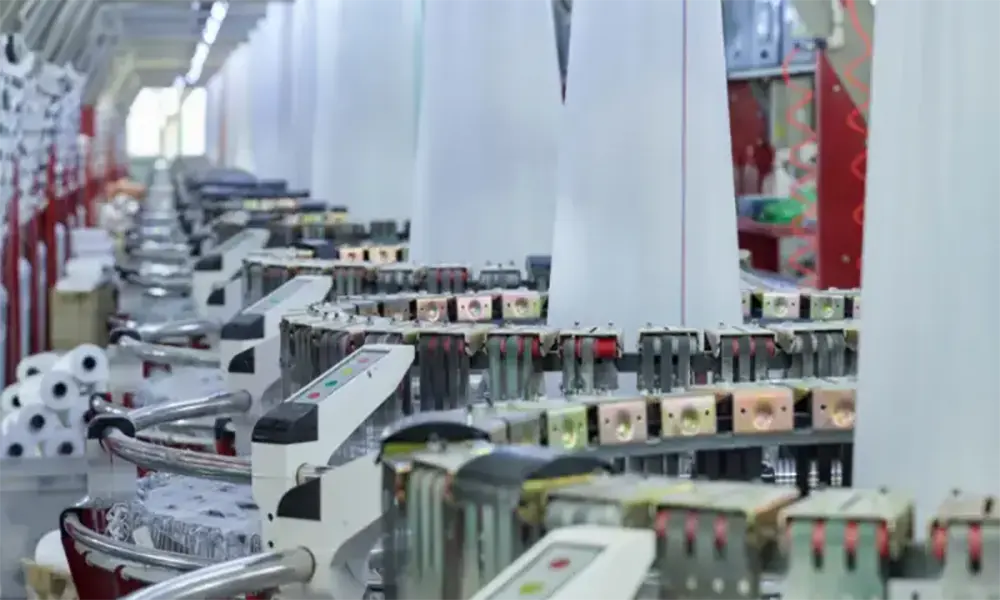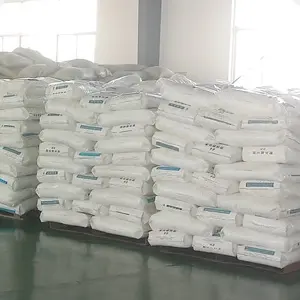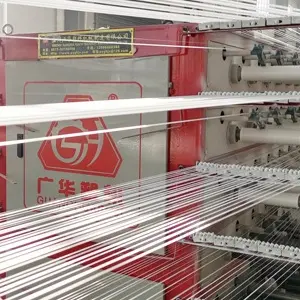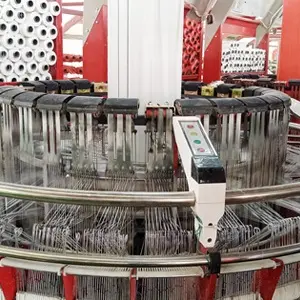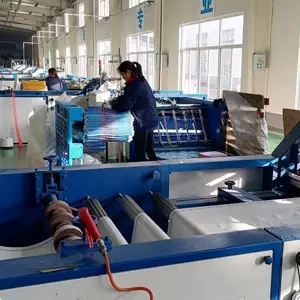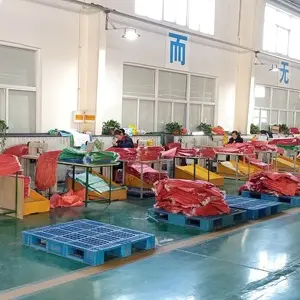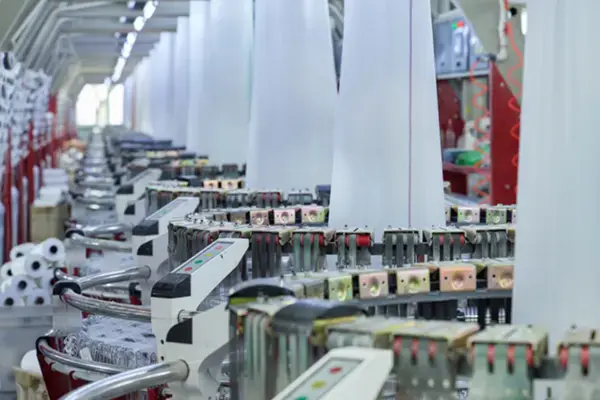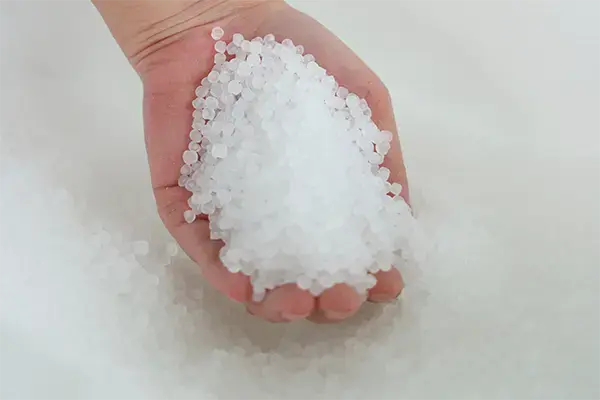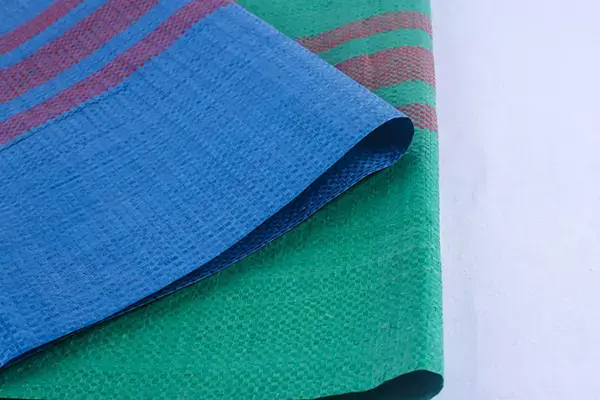Technical indicators of the knitting process
- Weave density
Woven density refers to the number of warp and weft yarns in a 100mm x 100mm woven fabric. National standards specify the density and density tolerance of woven fabric, commonly used woven fabric density is 36 × 36 / 10cm, 40 × 40 / 10cm, 48 × 48 / 10cm.
- Quality per unit area of woven fabric
The weight per unit area of woven fabric is expressed in square metres of grammage, which is an important technical indicator of woven fabric. The grammage per square metre mainly depends on the warp and weft density and the thickness of the flat wire, which affects the tensile strength and load capacity of the woven fabric and is a major part of cost control for the manufacturer.
- Woven fabric tensile load
For woven fabric, can withstand the warp and weft of the two directions of the tensile load, said warp, weft tensile load.
- Width
A variety of woven fabric width directly affects the bag-making process. For the cylinder cloth, the width is indicated by the folded warp; the folded warp is equal to half of the circumference.
- Handfeel
PP flat silk woven fabric feels thicker, broader, coarser and stiffer;
HDPE flat silk knitted fabric is soft, lubricated and not dense;
The addition of calcium masterbatch to PP flat yarn gives it a firm feel; the addition of less HDPE to PP makes it softer.
If the flat filament is narrow, the weave will be flat and soft to the touch; if the flat filament is wide, the weave will have more folded filaments and a rough feel.
In the production process of pp woven bag, the ratio of raw materials is to ensure that the product qualified basis, especially when it comes to food products, raw materials can not add recycled materials; drawing is the most critical link; weaving, printing and sewing is an important guarantee of product aesthetics, especially for food products, the printing requirements are higher.
Throughout the production process, the technical parameters and indicators of each process have a direct link to the impact of product quality. The study of the impact of each technical parameter and indicator on product quality can better promote production, ensure product quality and improve the competitiveness of enterprises.




